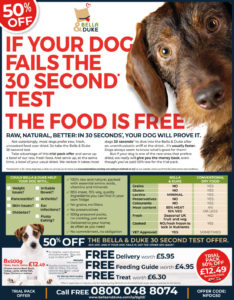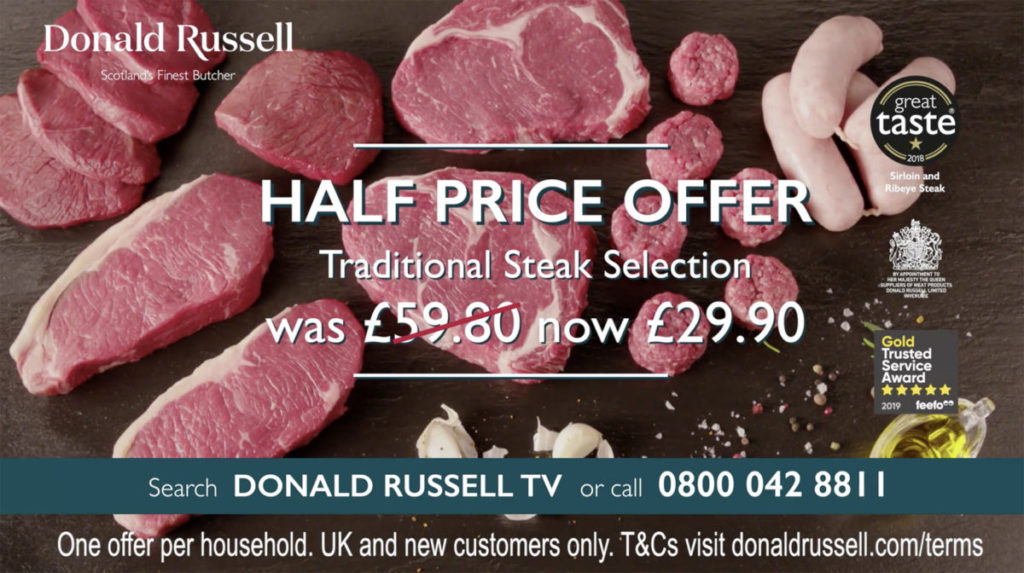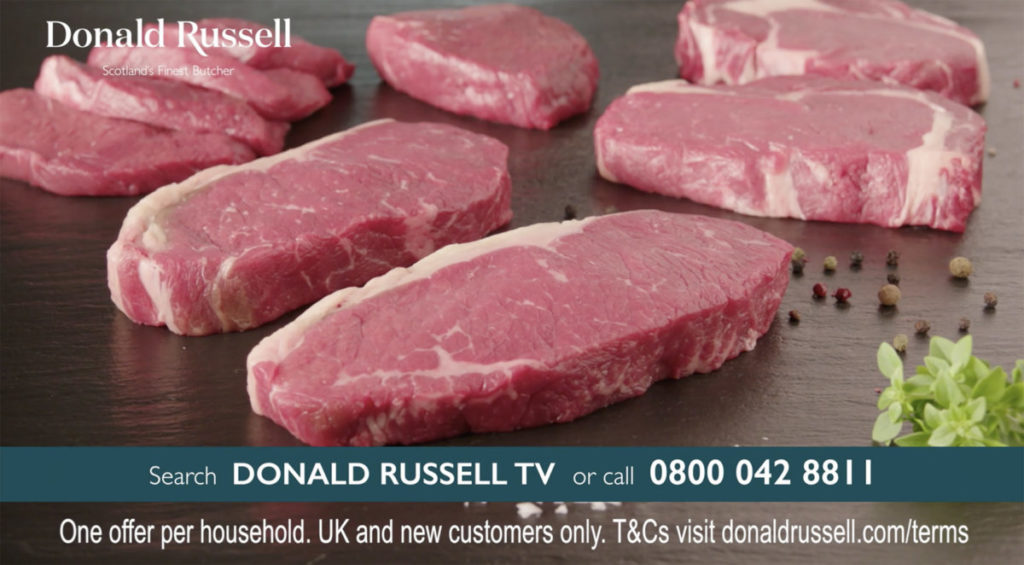Food and drink brands across the UK are adapting fast to changing consumer behaviour resulting from the outbreak of Coronavirus.
Stores have been under increased pressure since the beginning of the crisis, with many shelves stripped bare by anxious shoppers. This, in turn, has boosted online demand for groceries. One category that is particularly benefitting from these rapidly evolving consumer behaviours is direct-to-consumer brands.

In mid-March, grocery delivery brand Milk & More posted a 1500% rise in new customers during just one week. Abel & Cole recorded a rise in orders of 25% in the same period (source: The Guardian). In some cases demand is outstripping supply as firms struggle to keep up with new orders.
It will be interesting to see whether this trend translates to long-term subscriptions, rather than temporary sign-ups. But brands that get their marketing right, and deliver on their promise, will be in the box seat to keep that custom when things start getting back to normal.
We work with several subscription-based food and drink brands which are all witnessing a spike in orders. And it’s not just about filling consumers’ fridges: pets are being catered for, too. We recently kicked off a campaign for Bella & Duke, which delivers quality, natural pet food straight to animal owners’ doors.
The latest boom in the subscription economy continues the increasing interest in direct-to-consumer brands. Royal Mail reckons the subscription box market will be worth £1bn by 2022, up from £583m in 2017. It’s big business.

Personal grooming, grocery and beauty products lend themselves well to the model. Expect manufacturers in other sectors to join the party, too: there’s no reason why consumers couldn’t eventually receive gaming, pharmaceutical or even travel products and services through regular payments, for example.
At first glance, a subscription service might seem quite simple to roll out. But there’s far more to it than meets the eye. Get it right and it can be a whole new revenue stream. Get it wrong and it could be an expensive mistake.
So, what should marketers consider before launching a subscription-based offer? Here are some of the essential – but often overlooked – ingredients that can make it a success.
Reflect the changing consumer journey: Retailers might find subscription services are just another hand-grenade lobbed at their business models. But brands need to adapt to survive. We’ve already gone past the stage when people would pop in-store to pick a product then go online to buy it. Younger consumers now take an online-first approach to shopping. Brands must respond, subscription services are a smart way of doing that, and I can only see them becoming a bigger part of the sales machine.
Recognise your new digital audience: Subscription brands are keen to target a younger audience. They’re more likely to be browsing and buying online than traditional mail-order subscription consumers. That means breaking down digital into its component channels, spending in social media, as well as online and mobile advertising, to drive sign-ups.
Take a leaf out of mail order’s book: Subscription models aren’t new; digital just lends them a different platform. Brands can learn a lot from the success of traditional mail-order clubs, such as those for wine or butchers’ produce. Continuity is key: making the consumer anticipate a great product at regular intervals, building excitement, drives sign-ups. For established brands, it’s a great way to maintain an existing, perhaps older, customer base while transitioning to a modern digital approach for new, younger shoppers.
Tell a new story…:unlike established retailers, new brands can’t draw on heritage. Instead, think what’s important to today’s consumer. That means branding and messaging that reflect ethical values or provenance.
…but tell it differently: It’s no longer enough to have a blanket approach to messaging. Consumers will be at different stages of the brand consideration journey. Are they simply seeking a new recipe to try at the weekend? They might need a sponsored press ad. Or are they already on your website? Give them exclusive content or offers. Clever messaging hierarchies can drive people through the sales funnel.
Test-drive the message: Even with a highly developed communications strategy, you still need to know where your customers are. A traditional test-and-learn approach works best here, helping you to optimise campaigns so the right message hits the right people at the right stage of their journey. Which messages have the best pull-through in which channels?
Deliver a great product:It probably goes without saying, but quality and consistency are key. If you’re a news provider, the standard of journalism will determine the success of your subscription service. For a food brand, it’s about delivering the best produce on time. The digital era makes it all too easy for one unhappy customer to become a big problem by sharing a negative experience with your target audience. This is a situation avoided by living up to, or even exceeding, expectations. Making brand promises and sticking to them is one sure way of driving up Feefo or Trustpilot scores.
Give something away: Once called “premia incentive”, we now see this tactic widely used to engage prospects under the umbrella of “value exchange”.Freebies remain a great tool for creating customer loyalty and longevity. You don’t have to rely on offering costly product, though. Exclusive, interesting content can be just as effective. For example, Which? focused on a consumer rights message for a successful acquisition campaign. Free guides and magazine content were distributed to target customers alongside DRTV and press ads, resulting in a spike in subscriptions. People will appreciate anything from new recipes to a story about food sourcing.
Be in it for the long haul: Conversion takes time. View drumming up subscription customers in terms of lifetime value. It may be a while before your service truly takes off, but if everyone at your brand is on board, the product is top-notch and your marketing’s on-message, there’s no reason why it can’t succeed.
As you can see, there are many elements that go into marketing a subscription model – and most have their roots in direct response strategy. That’s why I believe subscriptions will work for traditional players looking to build an online presence just as well as they will for new brands.
Recognising your audience is now behaving differently, becoming keener on regular brand buying rather than one-off purchases, is the first step to launching a subscription service. A strategy reflecting the analysis and actions of successful marketing campaigns is then the key to boosting sign-ups.
Clicks rather than calls might be the order of the day for today’s subscription brands, but those that know the value of storytelling and audience insight can keep their customers coming back for more.

Across categories – from food and drink to personal care, DIY and entertainment – brands are destined to be boosted if they can guarantee an efficient, satisfying service for a growing number of customers.
BY John Eversley who is managing director, agency at WPNC



You must be logged in to post a comment Login